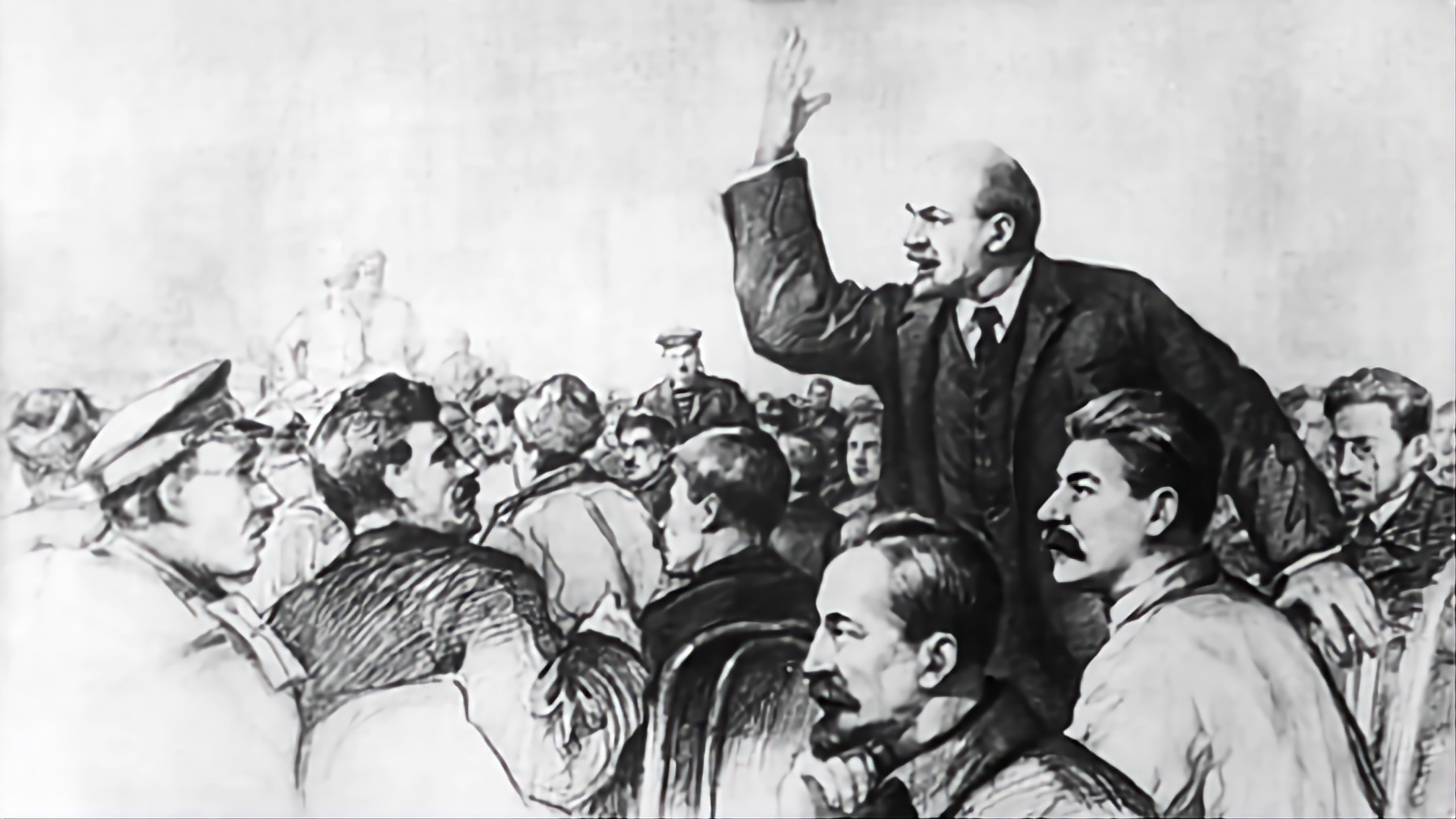I was homeschooled by southern baptists who eventually turned into self proclaimed "reformed" baptists/ Calvinists. Neither parents were college educated, and i was constantly reminded that my gender required a male guardian even in adulthood, and that my godly purpose was to obey and procreate. i still have social anxiety, intimacy issues, and im terribly insecure about my education, especially math. I dont talk to my family at all anymore either. They would hate what ive become ( a communist with no children or husband!)
safflower [she/her]
- 4 Posts
- 48 Comments
did you ever find any material for learning the socratic method? i need it so badly!
Debt by Graeber and The Origin of Capitalism by Ellen Meiksins-Wood
While I knew beforehand that I would love Debt, I'm especially proud of my progress in The Origin of Capitalism. I had been rather intimidated by it when I previewed a random page and found tons of technical sounding economics terms, but I feel like my brain is def getting bigger by persevering. Even though it's not written emotionally at all I still find myself getting so sad for my ancestors, who in my imagination were the peasants that protested the Enclosures, the violation of ~ancient rights~ to communal lands and to the ~means of subsistence~. As shown in Caliban and the Witch, the peasant masses understood very well that new social order or ~social property relations~ was bad for them.
Howard Zinn! I perused his quotes page on goodreads, and here are some examples, but there are so many to choose from. Some of these are excerpts from his play about Marx but you wouldn't have to include that bit of info
“Historically, the most terrible things - war, genocide, and slavery - have resulted not from disobedience, but from obedience.”
“History is important. If you don't know history it is as if you were born yesterday. And if you were born yesterday, anybody up there in a position of power can tell you anything, and you have no way of checking up on it.”
“But I suppose the most revolutionary act one can engage in is... to tell the truth.”
“The power of a bold idea uttered publicly in defiance of dominant opinion cannot be easily measured. Those special people who speak out in such a way as to shake up not only the self-assurance of their enemies, but the complacency of their friends, are precious catalysts for change.”
“You can't be neutral on a moving train.”
“But human beings are not machines, and however powerful the pressure to conform, they sometimes are so moved by what they see as injustice that they dare to declare their independence. In that historical possibility lies hope.”
“Pessimism becomes a self-fulfilling prophecy; it reproduces itself by crippling our willingness to act.”
“Control in modern times requires more than force, more than law. It requires that a population dangerously concentrated in cities and factories, whose lives are filled with cause for rebellion, be taught that all is right as it is.”
- safflower [she/her]to
 ·3 years ago
·3 years agoWhat the fuck! Those poor old mice
Blue jays are very cool and beautiful with many different vocalizations, and iirc they have a war cry essentially to call for backup in case birds of prey show up! Its sad but a lot of bird feeding enthusiasts actually try to discourage blue jays from their feeders bc ~they are too greedy and aggressive~ which is weird to me bc that describes the human behavior which our own culture rewards.! Same for house sparrows, only they also hate them more for being "invasive" ....but it was european colonizers who brought them here, lol, to remind them of home
Proles of the Round Table! The End of History and the History of Art are my fav episodes
- safflower [she/her]to
 ·3 years ago
·3 years agoUnfortunately, yeah. Ive heard she's got family members that are cops so thats obviously not ideal
Anecdotally, I follow her on Instagram, and one day I got an alert that she was live streaming. I really admired her during Bernie's last run, and so i checked it out. There were about 50 other people watching Nina and some man walking on a sidewalk and talking. I heard the guy say something like, 'we dont have a problem with capitalism, just predatory capitalism' to which Nina replied, 'yes exactly, we dont want predatory capitalism. ' And with that all my opinions of her came into question! Quite a few people on the stream called it out but to my knowledge Nina did not acknowledge it.
Lol reminds me of the live eagle nest cams i watched this spring....adorable eaglets turned frightening real fast
- safflower [she/her]to
 ·3 years ago
·3 years agoI would absolutely read this book!
Midsommar just made me real sad
So badass, is there a good clip??
- safflower [she/her]to
 ·3 years ago
·3 years ago2/2 Just how material the process of mind reading may be has become clearer in the light of recent neurological findings. For instance, many researchers now argue that the unique human ability to read the mind of those with whom we in-teract is ultimately based on a much more general feature of the brain that is not confined to humans: the so-called “mirror neurones” (Gallese and Goldman 1998).Perhaps the term is misleading. What is being referred to is an observation that has been made possible by modern neural imagery. The term mirror neurones means that exactly the same neurones are activated in our brains when, for example, we see someone raising their arm to point at the ceiling as when we perform the action ourselves. In other words, the action of alter requires from us a part of the same physiological process: the neural part as the action of ego.Indeed, a moment’s reflection makes us realize that, even without the arcane and somewhat contested biology of mirror neurones, the very nature of human communication mustinvolve something like this (Decety and Somerville 2003).3Let us consider a simple act of linguistic communica-tion. Here I follow Sperber and Wilson’s theory of relevance fairly closely (Sperber and Wilson 1986). For my message to come across when I say, for example: “Today we honor the memory of Roy Rappaport” a mechanism must occur that enables you to penetrate my brain and align yours so that its neuronal organization resembles mine. In order to do this, we both had to use a tool, sound waves in this case, but it cannot possibly be the sound waves, as such, that carried my meaning to you. Sound waves, poor things, are just sound waves. The reality is that sound waves enable me to modify your brain, or mind, so that its neuronal organization in part resembles mine, admittedly in a very limited way. And, of course, the ability to communicate in this way—to connect our neurones—is what makes culture possible because cul-ture must ultimately be based on the exchange of informa-tion. This can then be combined with other information and then transformed or reproduced through time and across space in a uniquely human way.The parallel neuronal modification implied by communica-tion has further important implications. Let us assume, for the sake of argument, that it is possible for an individual to create ex nihilo a representation. Such a representation could then be said to be under that individual’s control because the process that produced it would be hers alone. However, when the representation comes from someone else’s brain (i.e., when it comes via the process of communication, which is in fact always the case, though to varying extents), the representation of one brain colonizes another. This process, whether it is conscious or subconscious, is the basis of all communication. In such a case, the created neuronal activ-ity of one brain is the material existing in another. By this means, the brains of different individuals interpenetrate materially so that the boundaries that we believe to be obvi-ous become problematic. What I am saying is very similar to what some writers, especially Ed Hutchins, call “distributed cognition” (Hutchins 1995). However, I would distance my argument from them on one minor point. Hutchins, in talking about this phenomenon, likes to refer to minds “not bounded by the skin” as if some sort of extra-biological process ex-isted. I am too literal-minded to feel comfortable with such phraseology, which makes the process in question appear surreal. The process of interpenetration I am discussing is straightforward and biological.
My other difference from the distributed cognition folks is not a disagreement; I simply would like to push their insights further. Hutchins is famous for his demonstration of the way the knowledge necessary to navigate a big ship is not held in the head of any one crew member; it is distributed in a group. In an action such as coping with an emergency, each individual does his job as best he can in the light of his own knowledge, but in doing so he relies on other individu-als who have other bits of knowledge necessary to navigate the ship that he does not and does not need to have. This is what Hutchins calls distributed cognition. For this type of reliance on the knowledge of others to be possible, the differ-ent individuals need to trust that the others know what they are doing and are well intentioned. This means that people can then act on what they know is incomplete knowledge, but which they trust is completed by the knowledge others have, to the extent of acting on that which they do not need fully to understand. It is not that they rely wholly on others; they rely on others at the very moment they rely on their own knowledge.
By using this particular formulation, I deliberately align what I am saying with the point made by a group of phi-losophers who, following Hilary Putnam and the “deference” theorists, stress that social life is based on trust of others; basically on the default assumption that these others with whom we are in contact are normally competent and coopera-tive. In other words, because of our theory of mind adapta-tion, we continually interpenetrate as we communicate and hold as true information that makes sense only because it is also contained or continuous with that in other minds (Put-nam 1975; Burge 1993; Orrigi 2000). This is the nature of human cognition, which is essentially social. Such a state of affairs makes it possible that the content of knowledge stored in an individual is not to be understood nor consciously sought to be understood, but this individual is likely to be aware of the solidarity on which the whole system of social cognition is based, and this may be greatly valued. This is a point to which I shall return."
I hope that helps some! I find it extremely fascinating.
- safflower [she/her]to
 ·3 years ago
·3 years agoI'm not an expert, but I'm reading an amazing anthropology book, it's called In and Out of Each Other's Bodies : Theory of Mind, Evolution, Truth, and the Nature of the Social, by Maurice Bloch, a Marxist anthropologist. He talks about the difficulty of isolating individual life forms for species such as coral reefs or bees. He asks, is it the bee or the hive that is the animal? Afterall, the bees in a hive are as genetically identical as are the different bits of the human body, and a hive possesses only one set of working reproductive organs. He argues how social animals, but especially humans, "go in and out of each other's bodies" in three different ways- sexually, reproductively (birth), and neurologically. The latter one of course is the most mysterious way, but he shows how neurologically, when we communicate with each other, we materially change the chemical structure of each other's brains. He goes into much more wonderful depth that I have time to describe here, but I highly recommend it.
He also talks about a 'theory of mind' which is particularly relevant to your q, I think. As I've said, I'm in a rush. So I'm going to copy and paste an excerpt for you to use for further research, if you would like (sorry for the length!):
"This chapter, however, will not pursue the implications of the link between the fact that we go in and out of each other’s bodies in birth and sex and the cultural representa-tions of this fact in kinship systems. Many (I do not include myself among them) might feel that this topic has grown tiresome. I merely evoke the controversy to stress that be-cause all cultures interpret, and have to interpret, the fact that we go in and out of each other in sex and birth, they also have to interpret the consequent fact that for us (as with coral) there is indeterminacy concerning the physical boundaries of individuals. For instance, the so-called “de-scent theorists” of my anthropological youth were fascinated with groups of people who declare themselves to be “one body”; in other words, corporate groups. These statements are interesting not because they are flights of fancy proving yet again that the world we live in is culturally constructed but because they are in part motivated by the very real fact of the indeterminacy and arbitrariness of the boundaries of biological units.
My focus in this chapter concerns another real fact about human beings that, although it concerns a matter different from kinship, is not altogether unrelated to it. Indeterminacy and arbitrariness of boundaries are not simply the result of the sexual character of our species and the way it repro-duces itself. They are also due to another feature of Homo sapiens. Individuals go in and out of each other because of certain characteristics of the human nervous system. This form of interpenetration is as material as sex and birth; but unlike sex and birth it is more or less unique to our species (Povinelli et al. 2000; Decety and Somerville 2003).I have already mentioned that, although the boundaries of individual units are arbitrary among all living forms, this ambiguity takes on a special, perhaps more extreme form in social animals because the social—of itself and by defi-nition—continually reconnects the individuals whom time and genealogical distance are separating. Such a process occurs in a variety of ways in different life forms because of the mechanisms that make the social differ according to the species concerned. So it is not surprising that the specific basis of human sociability is a product of those capacities of our species that make it distinctive (Humphrey 2002).
One thing that normal human babies do at about 1 year old, but our nearest relatives, the chimpanzees, never do, is point at things, not because they want what they desig-nate—they do this, but so do chimps—but because they want the people around them to pay attention to the same things. In other words, they want the people they are with to adjust their minds in harmony with theirs—in short, to share intentionality (Gopnik 1993; Tomasello and Rakoczy 2003; Tomasello 1999). This demonstrative pointing is one of the first stages of the development of that unique and probably most important of human capacities: the ability to “read” the mind of others, a capacity that is somewhat oddly referred to as “theory of mind” (TOM for short). This ability continues to develop from the age of 12 months on until the child reaches the age when it can be shown that the child “knows” that other people act in terms of the be-liefs or concepts they hold, rather than in terms of how the world is (Wimmer and Perner 1983). By “know,” I simply mean that the child and, of course, the adult, acts in terms of their reading of the beliefs of alter and continually adjusts her behavior accordingly. I do not mean that the person who does this is necessarily conscious of the process (a point to which I shall return in a moment). The whole process is far too complex and too rapid for that to be possible. Nonethe-less, the importance of TOM can hardly be overestimated. Those familiar with Gricean theories of linguistic pragmatics will realize that it can be argued, convincingly in my opinion, that this continual mind reading is what makes linguistic communication, and indeed all complex human communica-tion, possible (Sperber and Wilson 1986).It is legitimate to think that to talk of the mutual mind reading on which our social life is based is, at best, simply a metaphor; at worst, a mystification. However, I want to stress that the metaphor refers to an empirical phenomenon of interpenetration, even though admittedly we don’t stick our finger into each other’s brains in some kind of mental intercourse.









Maybe these would be helpful, although the image quality is usually not amazing, these sites give you all the info so you can find better quality elsewhere https://www.wga.hu/
https://www.wikiart.org/
But what about the MET website? You can search for topics http://www.metmuseum.org/